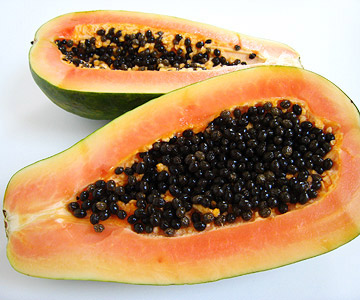
Step 1: Select & Buy a Papaya
Like mango, papaya is a juicy tropical fruit that many babies (at least 9 months old) enjoy. When purchasing fresh papaya, look for fruit that has deep yellow and orange colors on the skin and is free of nicks, bruises, and other blemishes. A ripe papaya will give slightly when you squeeze it and have a fruity aroma. One medium-size papaya yields about 10 ounces of puree.
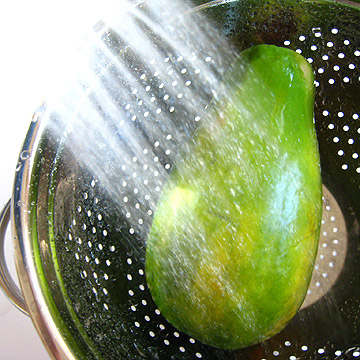
Step 2: Wash the Papaya
Wash the papaya with a mixture of three parts water and one part white vinegar to remove bacteria. Rinse under cool running water and dry.
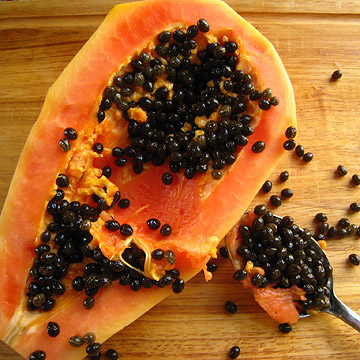
Step 3: Peel & Slice the Papaya
If desired, remove the papaya peel with a vegetable peeler. Then, slice papaya in half, lengthwise, and use a spoon to scoop out the seeds from the center of each half. Rinse with water to ensure all of the seeds have been removed. Scoop out the flesh of the papaya with a spoon.
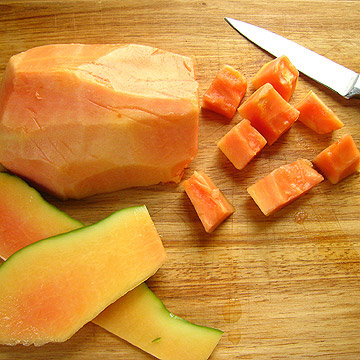
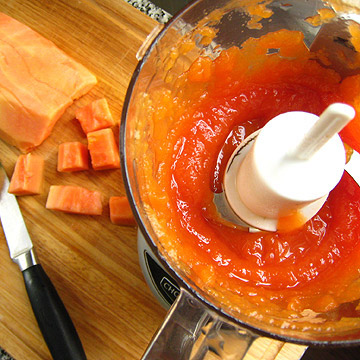
Step 4: Puree or Mash the Papaya
Puree papaya in a food processor or blender until smooth. Add water as needed to reach desired consistency.
For chunkier mango puree, which is ideal for babies 10 months or older, mash the papaya with a potato masher instead of pureeing it.
Step 5: Serve Papaya Puree
This tropical fruit tastes great plain. To introduce your baby to new textures and flavors, mix the puree with other fruits, veggies, oatmeal, poultry, or full-fat yogurt. Try mixing papaya puree with:
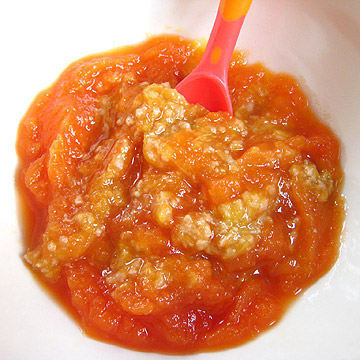
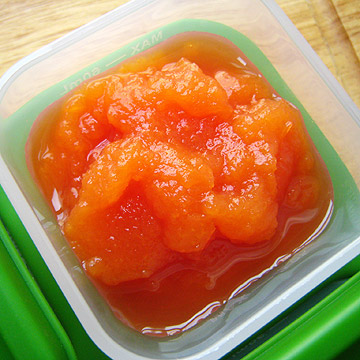
Step 6: Refrigerate or Freeze Leftover Papaya Puree
Refrigerate leftover papaya puree in BPA-free containers for up to 3 days. Freeze leftovers for up to 3 months. Thaw overnight in your refrigerator.
Note: Always check with your pediatrician before introducing your baby to a new food, particularly if your baby has food allergies. Additionally, some pediatricians do not recommend making your own carrot, beet, or spinach puree because these fresh veggies can be higher in nitrates.
Copyright & copy 2011 Meredith Corporation.
Parents Magazine
